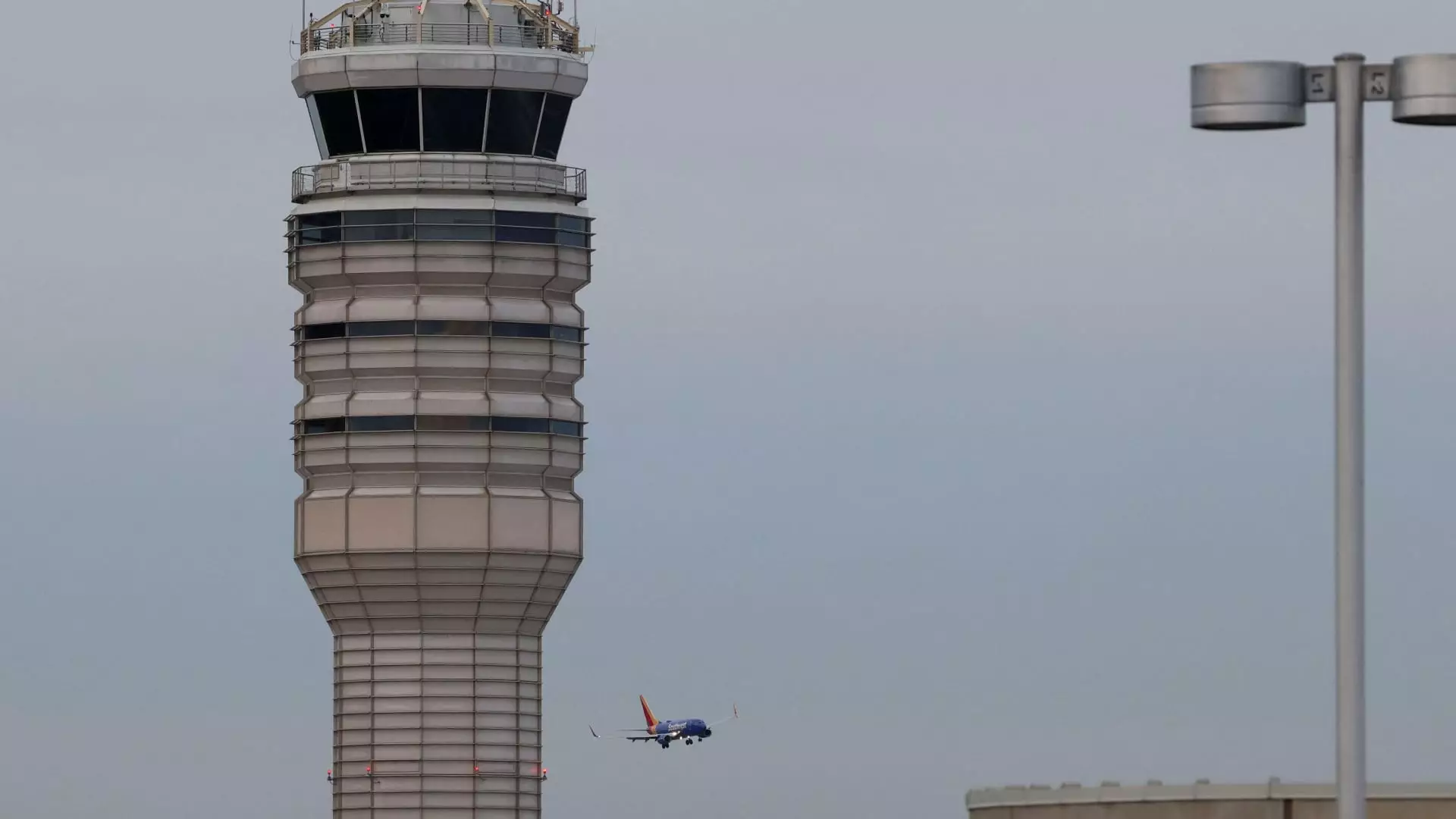The recent tragic incident involving an Army Black Hawk helicopter and an American Airlines jetliner near Ronald Reagan Washington National Airport has reignited concerns about aviation safety in densely populated areas. This fatal collision, which resulted in the loss of all 67 lives on board both aircraft, marks a pivotal moment in the regulatory landscape of aviation, prompting immediate action from key government officials.
In response to this disaster, the Federal Aviation Administration (FAA) has announced new restrictions on helicopter flights around the airport. Transportation Secretary Sean Duffy emphasized the urgency of these measures, asserting that they are essential for safeguarding air traffic. Through televised statements and social media, he conveyed the sentiment that the American people must feel confident in their aviation systems. The designated restricted area encompasses critical zones, such as Memorial Bridge to South Capitol Street Bridge and Haines Point to the Wilson Bridge, effectively creating a safer environment for commercial air traffic.
The incident has highlighted the need for a thorough examination of existing air traffic protocols, especially in urban settings where multiple types of aircraft operate concurrently. Todd Inman, a member of the National Transportation Safety Board, pointed out that helicopters have specific operational tracks in the D.C. area. This predefined system is intended to minimize the risk of accidents. The fact that the Army helicopter was transitioning between these tracks at the time of the collision raises questions about situational awareness and the procedures in place for communicating with air traffic control, which are currently under investigation.
American Airlines Chief Executive Robert Isom expressed his gratitude toward government officials for their swift action concerning helicopter activities around DCA. He noted the uncertainty surrounding how the military aircraft intersected with a commercial flight during such a critical phase of landing. This intersection between military and civilian aviation introduces complex dynamics that warrant a reevaluation of operational protocols. Understanding how such collisions can occur may prevent similar tragedies in the future.
As investigations continue, authorities are delving into various factors, including altitude discrepancies, crew training, and coordination with air traffic controllers. The American Eagle Flight 5342 was reportedly at approximately 300 feet when it collided with the Black Hawk, amplifying concerns regarding altitude management in approaches to urban centers. The implications of this investigation may have far-reaching consequences for policy changes at both the FAA and military levels, ultimately intending to enhance the safety and efficiency of air travel.
The tragic accident serves as a sobering reminder of the importance of stringent safety measures in aviation. While immediate policies are being enforced to protect air traffic around Washington, D.C., this incident calls for a broader dialogue about the integration of military and civilian aviation practices across the United States. Only through comprehensive analysis and rigorous policy enforcement can public confidence in air safety be restored and maintained.

